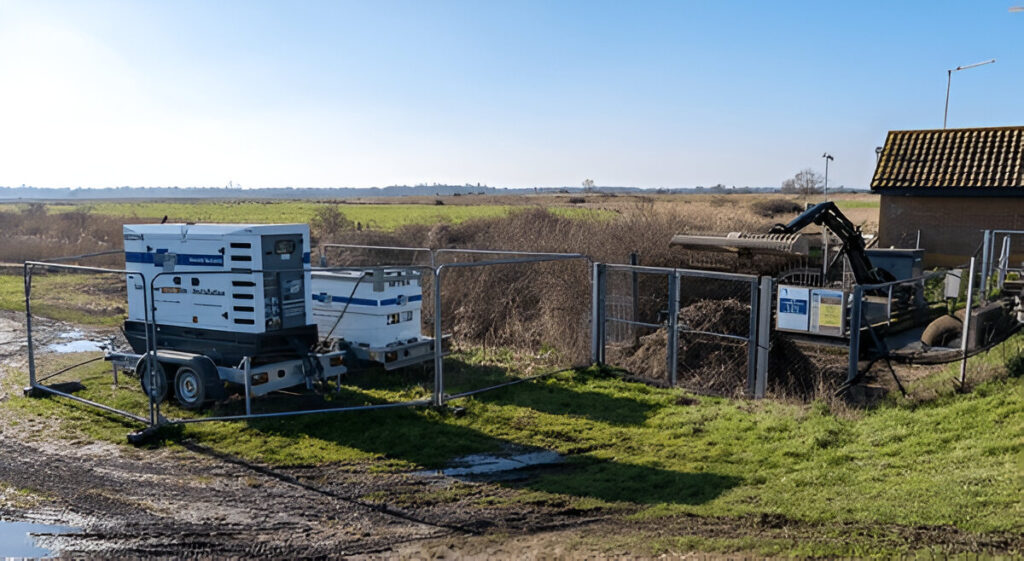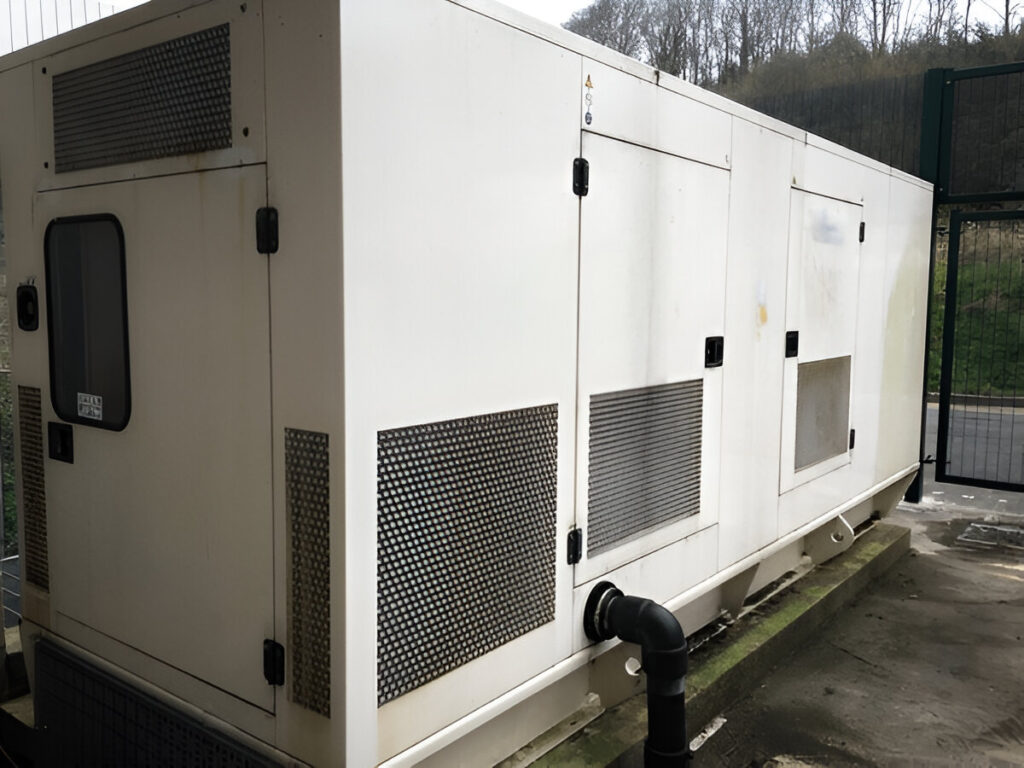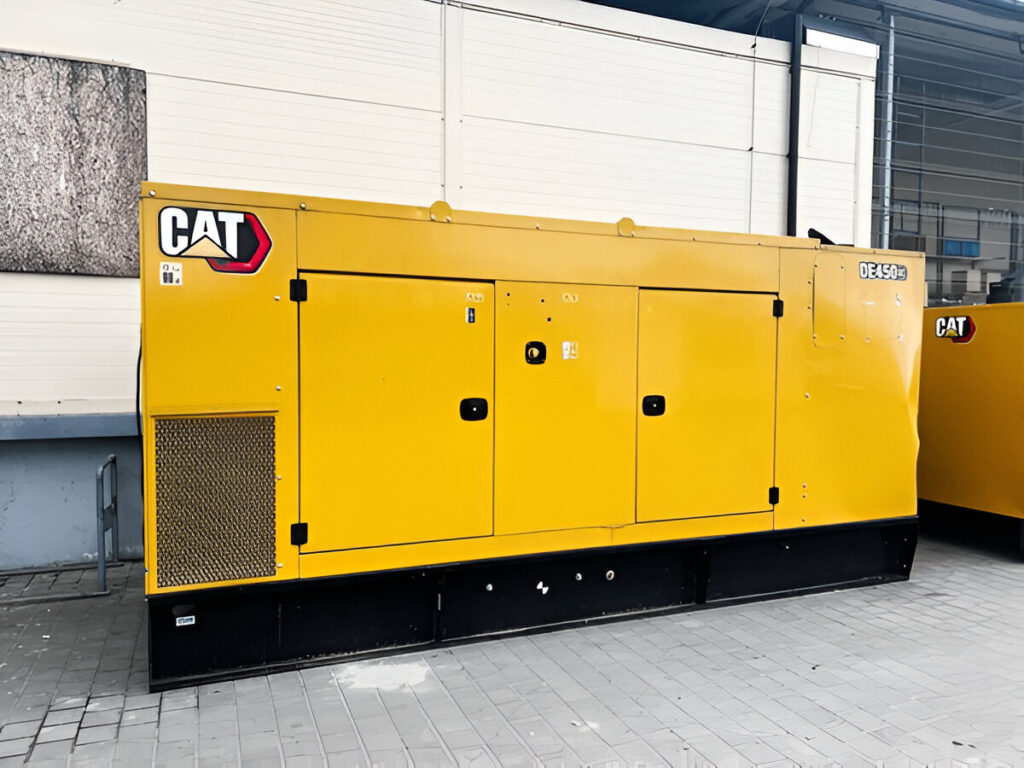Diesel fuel Generators are known for their powerful performance, especially during emergencies or off-grid operations. But with growing concern over environmental sustainability, it’s become crucial to address the carbon emissions produced by these machines. Fortunately, there are practical, effective strategies you can apply to reduce your generator’s carbon footprint without compromising performance.
In this blog, we’ll walk you through the best ways to make your diesel generator operation cleaner, more efficient, and eco-friendlier.
1. Use Bio-Diesel or Cleaner Fuels
One of the most straightforward ways to reduce emissions from Diesel fuel Generators is by switching to cleaner fuel alternatives like biodiesel. Biodiesel is derived from renewable sources like vegetable oil or animal fats and produces significantly fewer emissions than traditional diesel.
Although not all generators are compatible with biodiesel out of the box, many modern engines can be adapted. This is especially true for brands such as Caterpillar Generator Company, which design units that are more fuel-flexible and environmentally conscious.
2. Invest in Newer, Efficient Models
Old generators tend to burn more fuel and emit higher levels of pollutants. Upgrading to a new unit means better technology, more efficient engines, and lower carbon emissions. Consider choosing a diesel motor generator with an EPA Tier 4-compliant engine for reduced environmental impact.
You can check out various generator for sale options that meet modern efficiency and emissions standards. While an initial investment is required, the long-term benefits to both the environment and your operating costs are significant.
3. Regular Maintenance is Essential
Keeping your Diesel fuel Generators well-maintained is a key step toward minimizing emissions. Dirty filters, clogged fuel injectors, and worn-out parts force your generator to work harder, burning more fuel and releasing more pollutants.
Follow these basic maintenance steps:
- Change oil and filters regularly.
- Inspect exhaust systems for leaks.
- Ensure air intake systems are clean.
- Schedule professional servicing at least once a year.
Even a simple checkup can result in noticeable efficiency improvements and emission reductions.
4. Install a Generator Enclosure
It may not seem obvious, but enclosing your generator properly can lead to better operational efficiency. A well-designed generator enclosure helps regulate engine temperature, protect from environmental factors, and ensure optimal airflow. All these factors contribute to better combustion and reduced emissions.
Additionally, soundproof enclosures help minimize noise pollution, which is another often-overlooked aspect of a generator’s environmental impact.
5. Load Management: Don’t Over- or Under-Run
Running a generator at too low or too high a load can increase fuel consumption and emissions. Try to operate your Diesel fuel Generators at 70-80% of their rated load. If you consistently use only a small portion of your generator’s capacity, consider downsizing to a smaller unit.
Oversizing results in unnecessary carbon output and inefficiency. Similarly, undersizing leads to overload, fuel wastage, and higher emissions. If you’re unsure what size you need, explore multiple generators for sale and consult professionals for guidance.
6. Consider Hybrid Generator Systems
Hybrid diesel generator systems combine diesel engines with solar or battery power. These systems allow you to reduce run time on the diesel engine by relying on stored or renewable energy when possible. This results in a direct drop in fuel usage and emissions.
You can also use a hybrid setup to power your generator during startup or low-load periods—conditions where diesel engines are typically less efficient and more polluting.
7. Smart Control Systems & Monitoring
Digital technology has made it easier than ever to monitor and manage generator efficiency. Advanced control systems allow real-time fuel usage tracking, emissions data logging, and predictive maintenance alerts. These smart upgrades improve the overall efficiency of Diesel fuel Generators by eliminating guesswork.
Using smart monitoring tools is especially helpful in commercial setups where generator usage is more frequent and varied.
8. Recycle Used Generators Responsibly
When replacing your old unit, ensure that it’s properly recycled or sold to a buyer who will maintain it responsibly. There’s a thriving market for used generator for sale options, especially for buyers looking to refurbish and reuse them.
Selling your old generator instead of scrapping it can reduce waste, while also supporting the circular economy—further helping the environment.
9. Offset Carbon with Credits
Even after making all these changes, it’s nearly impossible to eliminate your generator’s carbon footprint entirely. That’s where carbon credits come in. You can invest in verified carbon offset programs that support renewable energy, reforestation, or community development.
It’s not a substitute for reducing emissions directly, but it’s a good way to neutralize the unavoidable impact of operating Diesel fuel Generators.
Conclusion
Diesel fuel Generators play an essential role in power supply across homes, businesses, and industries. However, their environmental impact can’t be ignored. By switching to cleaner fuels, upgrading to modern units, managing load efficiently, and following smart maintenance practices, you can significantly reduce your generator’s carbon footprint.
Explore options like generator for sale, proper generator enclosure, or used generator for sale to make informed, sustainable choices.
Let’s power up smarter, cleaner, and greener—one generator at a time.





